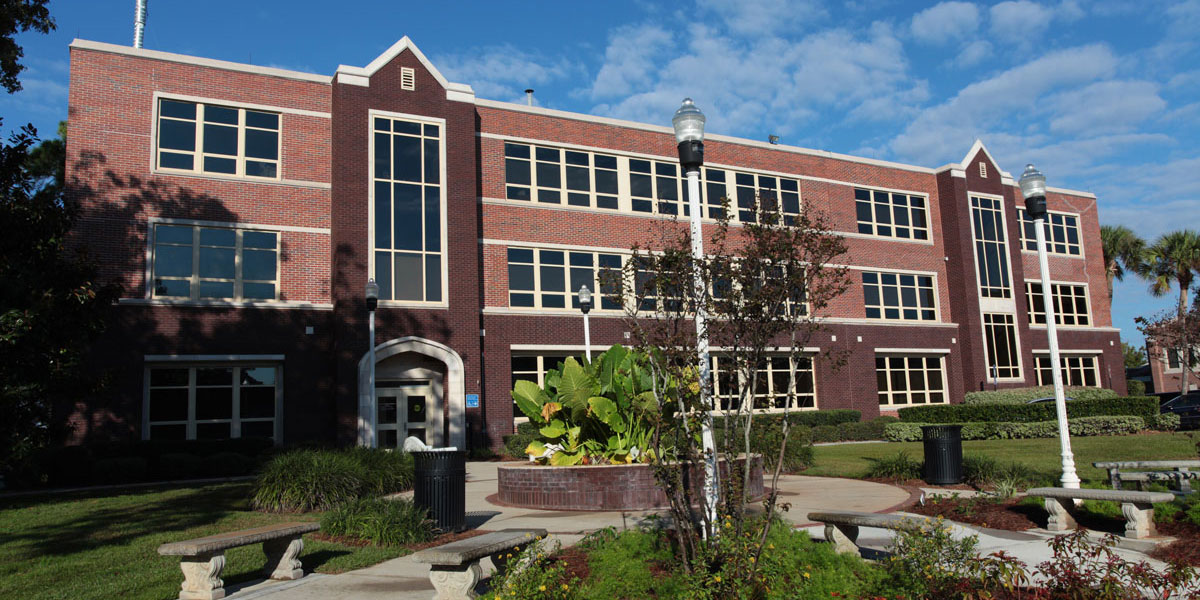Addressing Questions and Concerns about Conditions in the Sandels Building
February 7, 2022
Prepared by
Dr. David Krause, HealthCare Consulting & Contracting (H3C)
Dr. Christopher Teaf, Hazardous Substance & Waste Management Research (HSWMR)
Introduction
A number of questions and health concerns have been raised regarding conditions present in the Sandels Building, as most recently outlined in a January 21, 2022 report prepared by faculty and staff in that building. This summary presents initial information regarding the principal issues that were raised in that report: microbiological considerations, radon considerations, and chemical use/handling considerations.
Microbiological Considerations
Sample results from prior assessments have indicated the presence of mold growth in air conditioning systems and ducts of the Sandels building, predominantly Cladosporium species. This is an unfortunate, but all too common, finding in commercial and residential buildings throughout the Southeastern United States. A review of duct cleaning efforts in the building is underway, and options are being considered for how to proceed. Cladosporium is the most common mold, found at the highest concentrations in the outdoor air throughout most of the Eastern United States. In its natural environment Cladosporium decomposes leaves and debris and grows on living and dead plants. While Cladosporium can release volatile compounds, odors, spores, and hyphal fragments, it does not produce any significant toxins and does not cause respiratory infections in people. Exposure to Cladosporium spores in the outdoor air typically surpasses indoor exposures by a wide margin.
The small black particles and flakes being emitted from air conditioning vents (supply diffusers) are frequently seen with old air conditioning systems. Microscopic analysis of samples typically shows that they consist of fiberglass insulation, pollen, accumulated debris and Cladosporium mold colonies that have shed from internal surfaces of the air conditioning system. The particles are unsightly, but generally too large to inhale and they do not pose a health risk. Investigations of other buildings have found these particles to be released when dampers open and close to control temperature in the building. Once the heating, ventilation and air conditioning (HVAC) systems have been cleaned and/or replaced the source of these particles will be removed and they should no longer be shed into the building.
There are no federal, state or local rules, regulations, or laws establishing exposure limits for fungi or their spores in indoor air. Because background and outdoor spore concentrations vary greatly, coupled with significant limitations in air sampling methods for mold, the scientific consensus is that air sample results are unreliable as a basis for decision-making. While air samples for mold often are collected during building assessments, they cannot be relied on as an indicator of health risk. Ultimately, active mold growth within buildings and their HVAC systems, when detected, should be removed in a safe and effective manner. While the Sandels building is unoccupied, assessment of HVAC systems and their possible impact on radon levels and chemical exposures will be holistically examined. Leadership of the University and College are committed to comprehensive assessment and remediation of any mold growth in the Sandels building and restoration of systems to prevent its recurrence.
Radon Considerations
Radon is an odorless, tasteless, colorless gas, present in many areas of the world including Florida. Radon is formed by environmental decay of some radioactive metals (e.g., radium, thorium). It may enter homes and commercial buildings as a result of its presence in surrounding soils. Because it is a naturally occurring substance, exposure is common and unavoidable. Outdoor levels typically are in the 0.4 to 0.5 picoCuries per liter range (pCi/L), and indoor levels generally range from 1 to 2 pCi/L.
The U.S. Environmental Protection Agency (USEPA), the Florida Department of Health (FDOH), and many other organizations employ a default recommendation of 4 pCi/L for radon in residential buildings. That value was not established specifically on the basis of potential occupational exposure considerations. The U.S. Nuclear Regulatory Commission (USNRC) has established a radon exposure limit of 30 pCi/L for adult employees, and the Occupational Safety and Health Administration (OSHA) has set an acceptable 8 hour Time Weighted Average Permissible Exposure Limit (TWA-PEL) of 100 pCi/L for radon.
Some recent certified radon measurements from the Sandels Building are available, and more are planned by FSU. Values ranged from 0.3-7.0 pCi/L (basement and floor 2). More information on radon is available at: https://www.atsdr.cdc.gov/csem/radon/radon.html, https://www.epa.gov/radon, https://www.floridahealth.gov/environmental-health/radon/index.html.
Chemical Storage & Use Considerations
A number of the laboratories on the 4th floor of the Sandels Building have reagents and chemicals stored in various locations. Several inventory lists of chemicals related to specific laboratories have been provided to FSU Environmental Health & Safety (EHS), and those lists are being reviewed to assist in decision-making about management of the materials. Most of the substances included on those lists are common products, are innocuous, or exhibit very limited toxic potential. For others, it may be appropriate to implement specific storage and handling requirements.


